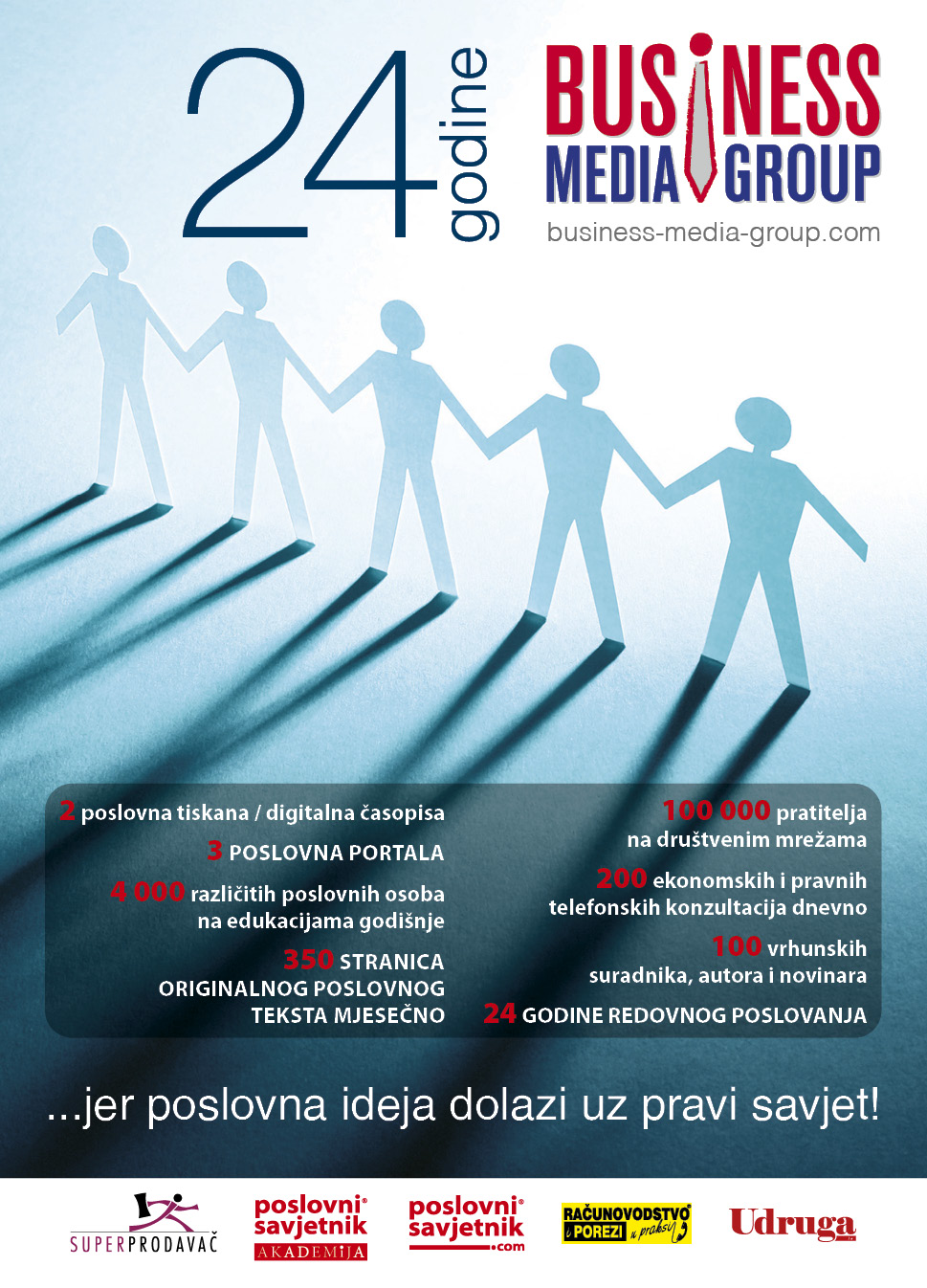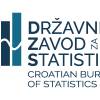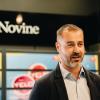
Professor Walter Russell Mead was emphasizing the growing need for faster response times and flexibility. (The Wall Street Journal, August 2020)
Covid-19 made us aware of the answers: We have to organize our company in a flexible way to be prepared and ready for a next crisis. This means that Leadership, strategy, organization culture and employees have to change and transform. And that is an all-inclusive change project.
The greatest danger in times of turbulence is not the turbulence; it is to act with yesterday’s logic. (Peter Drucker)
CEO’s of multinationals have to anticipate on the development of the economy as they expect it.
That is their profession. Think Tank ‘The Conference Board’ asked 600 global CEO’s what they expect: a very short, a short, a mid-long or a long recession.
Most CEO’s (42%) expect a U-Shape recession of 1-2 years, the second largest group (32%) expect a L-Shape recession with a much longer recovery time. This makes one thing very clear:
Leadership, strategy, organization culture and employees have to change.
The world is entering a transformative era. Prepare for more chaos and instability!
The world of work is changing, because we see more elderly, less young people, less qualified people, a shortage of professionals in sectors as a.o. health care, education, AI and technology, new generations have another view on their life-work balance, the call for equality is growing, and so on.
We still see that globally 67% of employees are not engaged in their work and/or in their company. (Gallup 2019) This means a.o. lower motivation and quality, lack of creativity etc.
It also means that Leadership, strategy, organization culture and employees have to change and transform. And that is an all-inclusive change project.
Four macro trends are unwinding the old rules of management:
- More connection.
Global human interconnectivity is permanently shifting not only the speed of disruption but also the principles for disruptive innovation. Information that moves freely instantly fuels change and bypasses and challenges existing hierarchies and formalized change channels.
Emerging “chaos” drives unpredictability, both negative and positive, that organizations will have to embrace.
- Unprecedented automation.
Technologies at scale and low costs (from cameras everywhere to ubiquitous machine-to-machine interaction) are forever changing the way management creates value and improves efficiency. We don’t need employees to act like machines anymore.
- Lower transaction costs.
The free-market mechanism, the main reason for-profit corporations have flourished for the past 200 years, is becoming largely irrelevant. More and more people are self-organizing in a gig economy. E.g. Mobility as a Service (MaaS) is a fast growing side economy.
- Demographic shifts.
Gen Z (and beyond) simply will not behave the same way as prior generations of employees and customers; their demands are fundamentally different. Companies that don’t respond will not survive. Employees and Customers are voting with their feet.
Changing now! Why now?
These trends are not new but they are now approaching tipping points, placing the organization at the top of the CEO agenda. The COVID-19 pandemic is accelerating some of these trends: in recent months, we have seen the extraordinary forced shift of the workforce to remote environments and to areas of highest value creation (e.g. warehouse and delivery services hiring hundreds of thousands of employees), increased agility of internal teams, working from home and the next level of diffusion between “corporate” and “gig” economies.
Although management theory has evolved, its foundation, which includes a hierarchical organizational structure with specialized departments and roles, has remained largely intact:
- Organizations can be optimized as machines for efficiency and productivity
- Stability and predictability at minimal risk are most important
- Surprises are bad
- Behavior should be controlled
- Labor is a factor of production
Tweaking a management system based on these old rules will no longer be effective. These rules were a response to a world in which people’s lives changed incrementally from one generation to the next and information came from physical and later analog sources. Further, the cost of acquiring proprietary information contributed to relatively high transaction costs because of the time, energy, and money required obtaining it.
Collectively, the four macro trends require companies to adopt a set of new principles. Many of these new principles - like anti-fragility, experimentation, adaptability, behavioral and systemic views of organization, human-centricity, inspiration in place of control, and positive surprises - are becoming increasingly critical for the survival of companies, including multinationals.
As these trends change the very nature of complexity, executives must act now to start building their organization in accordance with these new principles.
The ‘Top-Down Management Style’ needs to be replaced by an ‘Inclusive Leadership Style’
Because ‘Inclusive Leadership’ is the most sustainable form of Leadership.
Basic startingpoint is that all employees are involved and engaged in the organization and that they have the space and possibility to use their talents. People will then spontaneously take ownership of their tasks and duties and with colleagues in their team take the best initiatives and decisions together. Customers will become fans of passionate and ‘to the point’ employees which will boost your customer loyalty.
The transformation to ‘Inclusive Leadership’ - to delegate space and responsibility to others - is much more difficult than you might expect. To involve everyone and let them work autonomously means, in general, a transformation of your own behaviour.
Your inner attitude might (usually unconsciously) block this.
Leaders who already made the transition to ‘Inclusive Leadership’ conclude that the more you involve people positively to an ambitious goal ánd give them the responsibilities that are needed for executing their tasks, the better the individual, the teams and the company perform.
johWhat is the benefit of ‘Inclusive Leadership’?
- You get more satisfied and more loyal customers.
Customers like your company if your people love your company and their work. Passionate and engaged employees turn your customers into fans of your company.
- In an ‘open’ company culture there is no fear and the best solutions will arise.
When all knowledge and experience in your team or organization is open and inclusive, the team will become more flexible, alert and creative.
Condition is that the Leader is leading based on his/her respect and trust, so people feel safe to share their visions and ideas, and dare to do things different because they know it is better.
Of course people will make mistakes as always, but if you create a culture in which mistakes are seen as a possibility for development, people also dare to give constructive critics and they give the best of themselves without a double agenda and share information with others.
- Inclusive Leadership creates a working culture in which everybody is inspired and goes home satisfied.
Feeling engaged and involved at your work and organization does not mean that the job or task is always nice, or that there are no conflicts, fears or power issues.
But looking at the open culture, with trust and motivation, these issues can be discussed much easier and with less negativity than before.
- The inner attitude of ‘trying to let everybody be on board’ also has a function for society.
Because you geared every emplyees’ contribution to this person’s capabilities, there originates a putting into perspective in the game of ‘winning or losing’.
You are also focused on, as Simon Sinek calls it, ˝staying in the game of the product or service you deliver.˝
And so you also contribute to a world where more people feel connected, are seen and feel useful. In which a basic human right and maybe even the deepest need of people to develop themself with the talents they have, gets fullfilled.
How to become an ‘Inclusive Leader’?
Start to talk with your people about the changes in the world, in your country, in your region as a consequence of the Covid-19 pandemic. And ask them what does it mean for your market, your customers, your company, your people and for yourself.
Ask your people questions like: ‘what did you experience?’, ‘what do you think about short term actions?’, ‘what ideas do you have?’, ‘what can you contribute and what do you want to do?’ etc.
Listen carefully and let someone make notes, then respond to some important things you heard and tell your people what you would like to do and what you are going to do.
And promise to come back on all ideas and suggestions you received within 2 weeks.
This is a concrete and motivational first step in the transformation process that you need to implement in your organization.
How do you become an Inclusive Leader?
Most important is to check your ‘inner attitude’ by first understand and feel good about the 8 characteristics of an Inclusive Leadership Style.
If you choose to become an Inclusive Leader you will make mistakes in applying these characteristics. Leaders often show certain patterns in their behaviour that are not consistent with their mental opinions or believes. These patterns are unconsciously applied.
The consequence could be that you have the feeling that you apply an Inclusive Leadership style but that your people do not experience this the way as you intend or think.
The best way to find out how you are perceived is to ask your people for open and honoust feedback, let them tell you how they experience your leadership in their practice, listen closely and act on it.
In this way you are the great example in making a concrete and confirmative second step in the transformation process that you need to implement in your organization.
You show your people that you are serious about the need for this transformation, and, with your open, honoust attitude you let your people feel that you trust in them and create a safe environment.
The 8 Characteristics of ‘Inclusive Leadership’
It speaks for itself that an ‘Inclusive Leadership’ style, as with any leadershipstyle, only works when you are applying it consistently. The Inclusive Leader:
- Is demonstrable engaged. You speak regularly and openly about your devotion to diversity, you challenge the status quo openly and make ‘inclusive’ your personal priority.
- Gets the best out of differences. You acknowledge that only as a group you have the most complete knowledge. Thus you know the limitations of your own competences, admit your own mistakes and provide space for others to openly excel their competences. To keep yourself and your people sharp, you work with temporary cross-functional or multi-disciplinary teams. You invite different types of people at your table.
- Is aware of partisanship. You are alert on your own blind spots and failures in the system and you work hard on assessing people based on what they contribute to the organisation.
- Is curious for others. You are open for ideas of others and listen without judgement at deeper levels, so that you understand people better.
- Is cultural, social and emotional intelligent. You have attention for ánd knowledge of cultural differences of people, you are sensitive for personality differences and underlying emotions; you are aware that people act from different values and interests.
With this knowledge you facilitate that everybody can contribute in her/his own manner and at their own level to the organisation and that effective working relations origin.
- Cooperates effectively. You inspire others to great performances, you accept, challenge and encourage different opinions at which you guarantee psychological safety and you focus on sharing ideas within teams and the organization.
- Understand that people do not want to be ‘managed’ but want to be lead. You stimulate intrinsic motivation by engaging people in their own way at the higher goal of the organization and you provide ownership by giving them a challenge to achieve this goal in their own way. Thus you accept that you do not have all control of processes and people.
- Knows him/her self. You are prepared to take ‘unusual steps’ to let go of ‘old views’ if (disruptive) changes require so. You trust on your intuition, your own values are your compass and you lead from what is necessary at the moment.
Especially this is difficult and requires courage.
These characteristics show that you do not realise an inclusive culture, nor become an Inclusive Leader ‘like that’. As an Inclusive Leader you have to daily pay attention at what you say and do and be prepared to steer yourself.
(For this blog I used parts of text and much inspiration from The Wall Street Journal, The Conference Board, McKinsey, Gallup, Harcard Business Review, De Baak.)
If you wish to get more information or if you have additional questions, please feel free to e-mail me at johnlodder@gmail.com
























